The 20 Costliest, Most Destructive Hurricanes to Hit the US
No. 10: Jeanne, 2004
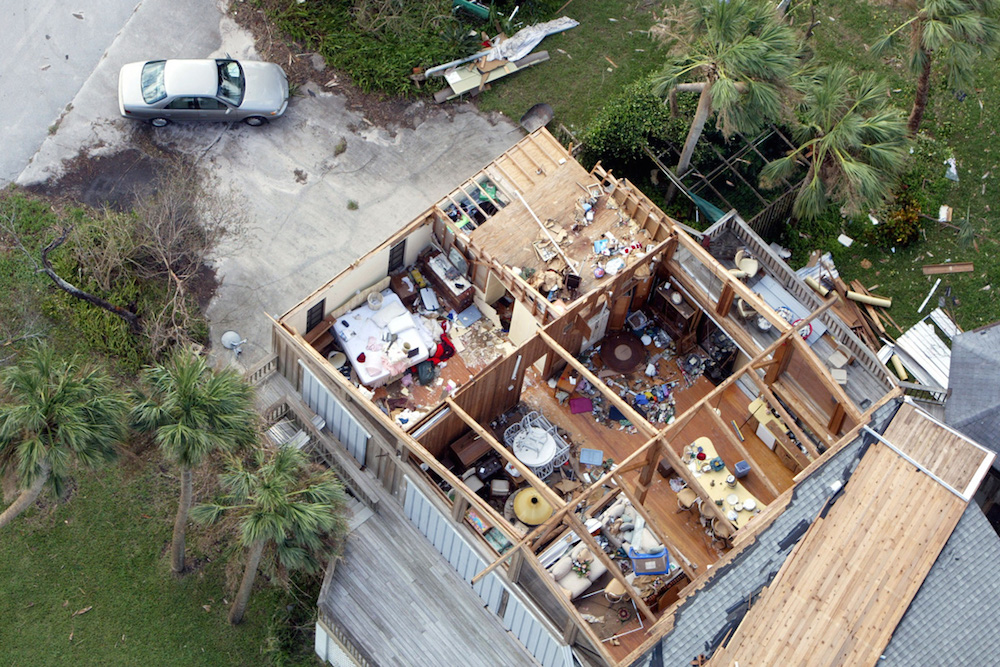
The eye at the center of Hurricane Jeanne was 50 miles (80 km) wide when the storm made landfall on Florida's eastern coast on Sept. 26, 2004, as a Category 3 hurricane, with peak winds estimated at 120 mph (193 km/h).
Jeanne brought storm surges reaching heights of more than 3 feet (1 m) on Florida's western coast. The storm also soaked Florida with rainfall up to about 8 inches (20 cm) across the state, with as much as 13 inches (33 cm) reported in some areas.
Prior to striking Florida, Jeanne's torrential rains caused severe flooding and mudslides in Haiti, leading to an estimated 3,000 deaths and leaving approximately 200,000 homeless, the National Hurricane Center reported in 2005.
Total damage: $7.66 billion
No. 9: Allison, 2001
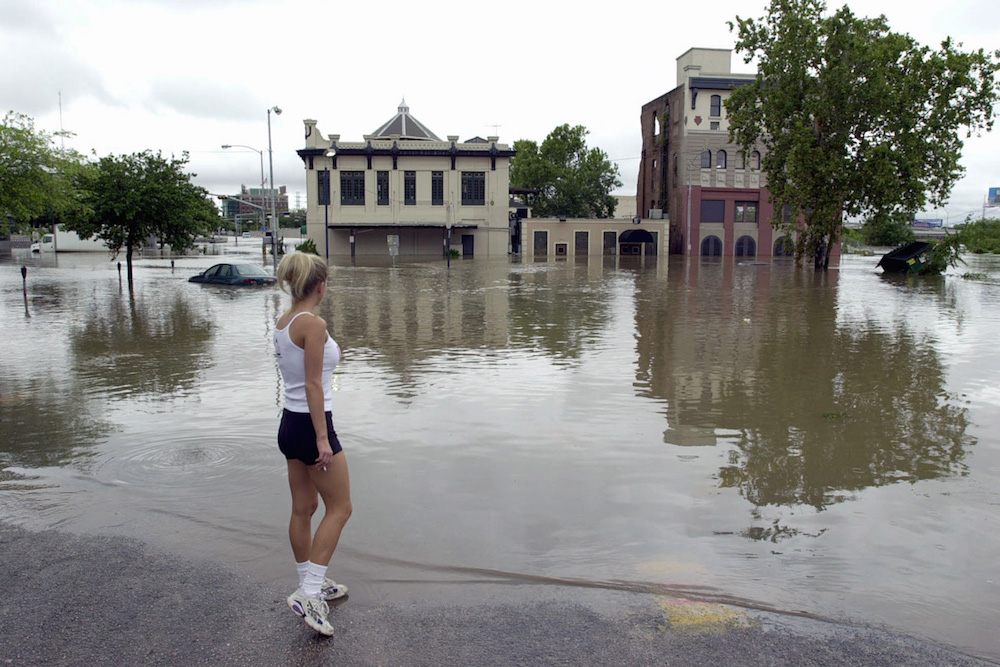
Allison formed as a tropical storm on June 5, 2001, in the Gulf of Mexico near Galveston, Texas, making landfall later that day. Though Allison never reached hurricane strength, the storm stalled over the region, bringing four days of heavy rainfall — for 10 hours at a stretch, in some locations — leading to devastating flooding across southern Texas, particularly in Houston.
On June 9, Allison returned to the Gulf of Mexico, and then made landfall again on June 10 in Louisiana, bringing heavy rains and flooding to Mississippi, Alabama, Georgia, Florida and North Carolina, before dissipating on June 18 off the coast of New England.
In some parts of Texas, Allison deposited over 38 inches (96 cm) of rain, inundating highways and affecting 22 million people in the Houston area, according to a report published in 2011 by the National Weather Service (NWS). The storm also spawned 23 tornadoes and caused 41 deaths and, at the time, was the costliest hurricane on record in the U.S., officials with NOAA reported.
Total damage: $9 billion
No. 8: Hurricane Frances, 2004
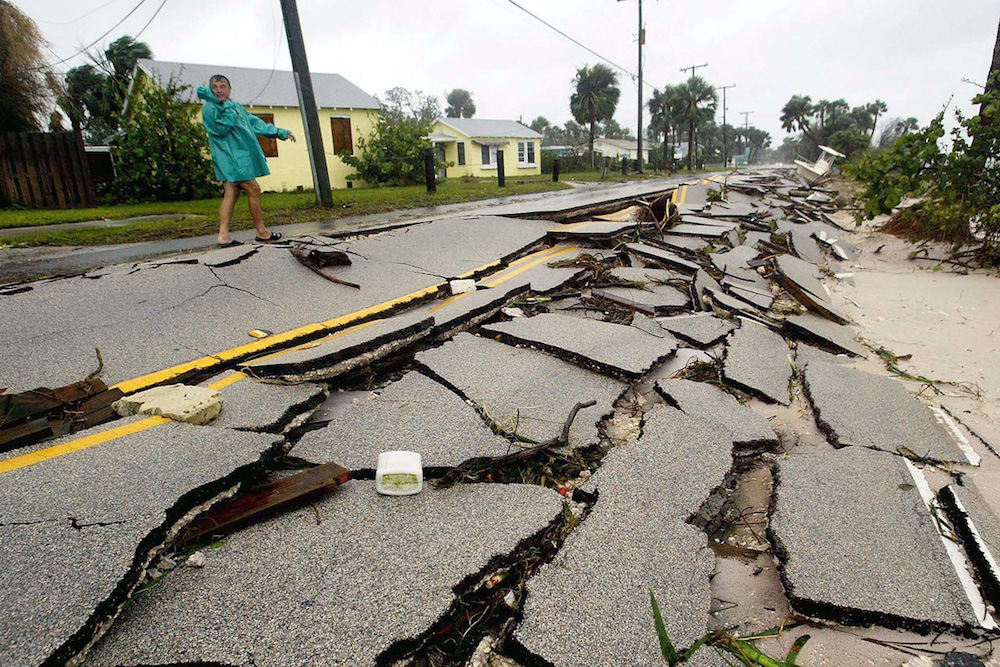
When Frances hit Stuart, Florida, just after midnight on Sept. 5, 2004, its winds were blowing at 105 mph (169) km/h), making it a Category 2 hurricane. It killed seven people in the United States.
However, Frances weakened as it churned across Florida's peninsula, and it dropped to tropical storm status just before entering the Gulf of Mexico on Sept. 6. The storm then headed back toward land, hitting Florida's Big Bend region that afternoon, before eventually weakening into an extratropical storm over West Virginia on Sept. 9.
Frances didn't leave the country without making its mark. It produced an almost 6-foot (1.8 m) storm surge above normal levels in Florida, dropped 18.07 inches (46 cm) of rain on Linville Falls, North Carolina, and produced more than 100 tornadoes through the southeastern and mid-Atlantic states.
Total damage: $9.51 billion
No. 7: Hurricane Rita, 2005
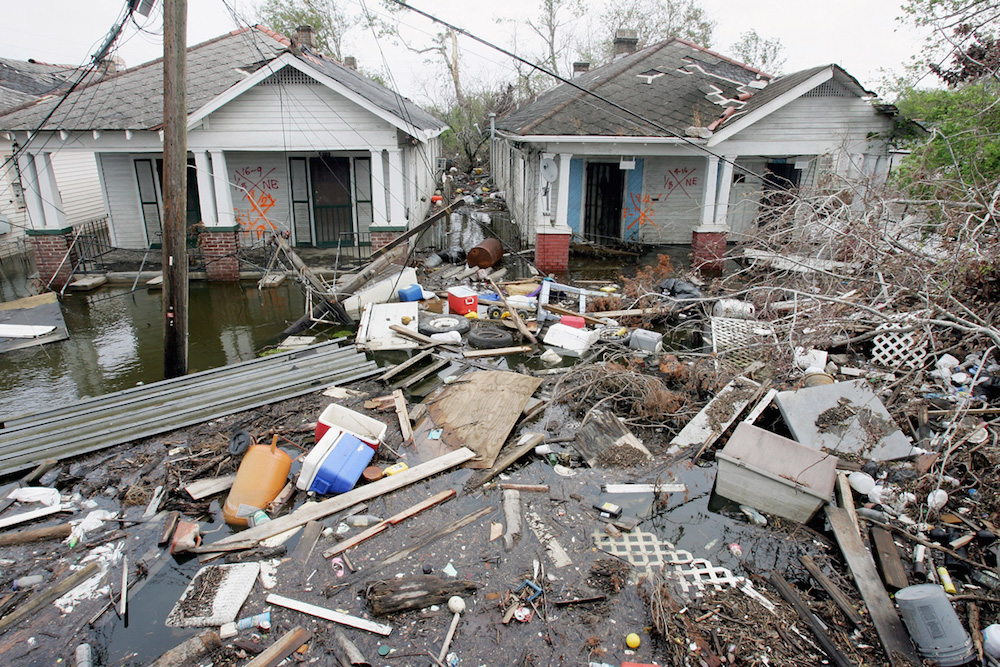
Rita, a Category 5 hurricane, ripped apart parts of Texas and Louisiana and damaged the Florida Keys. It was responsible for seven deaths in the United States.
As it traveled northward through the Gulf of Mexico, Rita rapidly jumped from a Category 2 to a Category 5 hurricane in about 24 hours. But it was a Category 3 hurricane when it made landfall on Sept. 24, 2005, just east of the Texas-Louisiana border, with winds of 115 mph (185 km/h).
It caused storm-surge flooding of 10 to 15 feet (3 to 4.5 m) above normal tide levels in Louisiana, caused a surge in Texas' Lake Livingston, and flooded parts of New Orleans that had just been flooded by Katrina the month before.
Rita brought 5 to 9 inches (13 to 23 centimeters) of rain to Louisiana and Texas, and spawned about 90 tornadoes across the southern United States.
Total damage: $12.04 billion
No. 6: Hurricane Charley, 2004
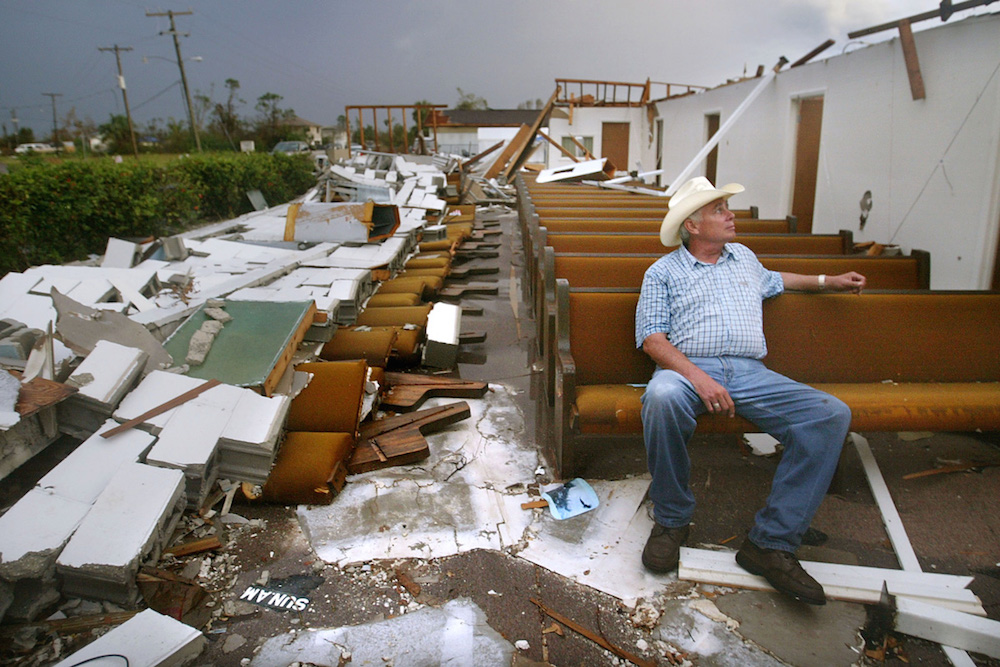
Charley was a small but fierce hurricane that hit southwestern Florida in August 2004. It killed 10 people in the United States.
Charley sped toward southwestern Florida, intensifying to Category 4 status with 150 mph (241 km/h) winds on Aug. 13. It passed dangerously close to Orlando, and finally exited the state near Daytona Beach. Charley weakened after moving into the Atlantic, and hit South Carolina as a Category 1 hurricane on Aug. 14 before dropping to tropical storm status as it hit North Carolina on Aug. 15.
Charley was small; its fastest wind speeds were located just 7 miles (11 km) from the storm's center, which lessened the storm surge to just 7 feet (2.1 m). But the hurricane's violent winds overwhelmed Punta Gorda and Port Charlotte in Florida. It also produced 16 tornadoes in Florida, North Carolina and Virginia.
Total damage: $15.11 billion
No. 5: Hurricane Ivan, 2004
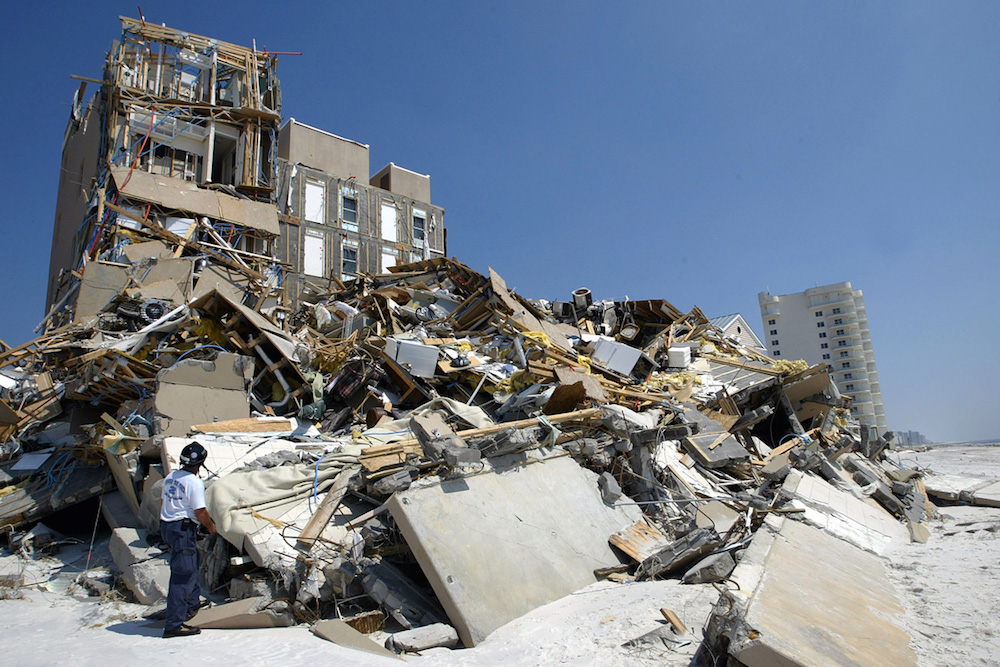
Category 3 Hurricane Ivan blew through Florida and Alabama in September 2004, killing 25 people in the United States.
Ivan made landfall just west of Gulf Shores, Alabama, on Sept. 16, with its winds blowing at nearly 120 mph (193 km/h). It weakened as it moved inland but managed to produce more than 100 tornadoes and heavy rains across the southeastern United States.
The hurricane then went back to sea in the Atlantic, looped around and re-entered the country in southern Florida. Then, it crossed to the Gulf of Mexico and finally petered out after hitting southwestern Louisiana as a tropical depression on Sept. 24.
Total damage: $18.82 billion
No. 4: Hurricane Wilma, 2005
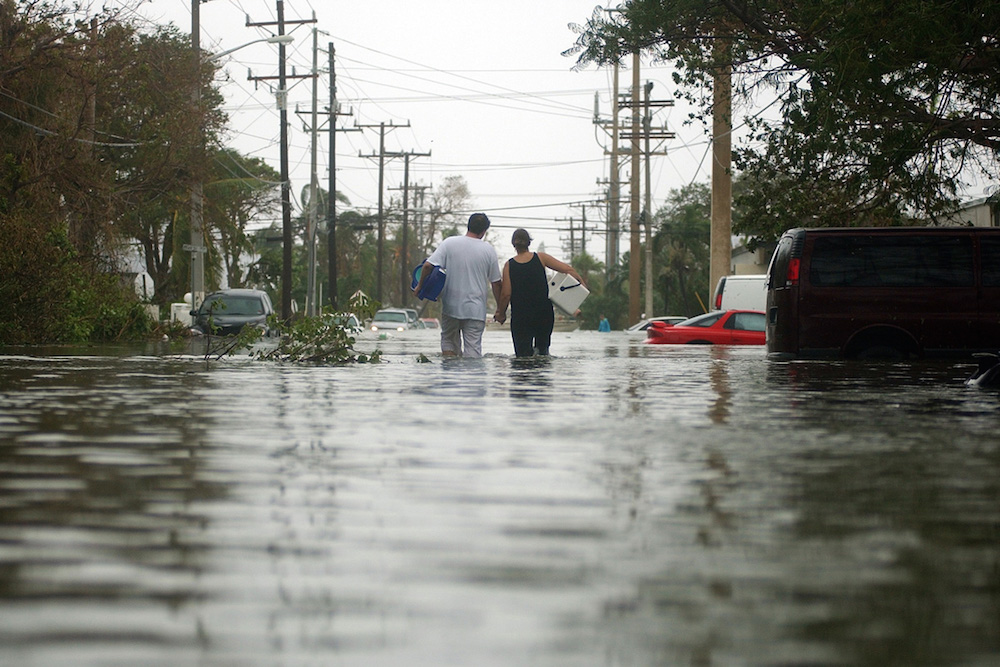
Wilma hit on Oct. 24, 2005, relatively late in the hurricane season.
The Category 3 hurricane crossed the Florida Peninsula in 5 hours, killing five people in the state as the storm blasted northeastward. Lake Okeechobee recorded 92 mph (148 km/h) winds with a gust at 112 mph (180 km/h). Wilma also created 10 tornadoes as it passed through Florida.
Wilma left the state and passed through the western Atlantic, weakened and eventually reached Halifax, Nova Scotia, on Oct. 25.
Total damage: $21 billion
No. 3: Hurricane Andrew, 1992
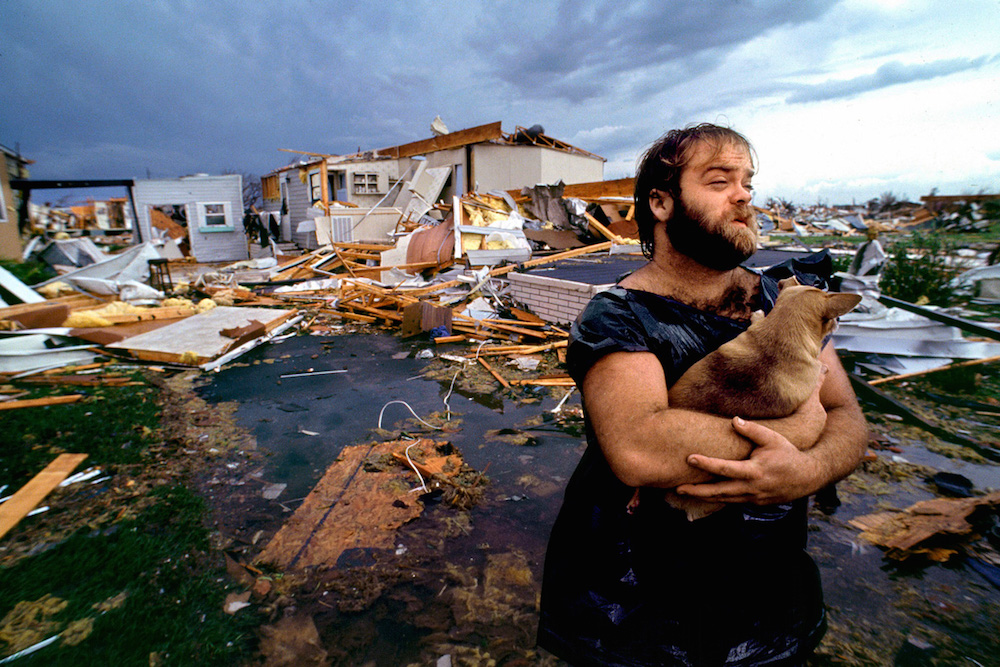
Hurricane Andrew was the United States' third-costliest hurricane. It is responsible for 23 deaths in the country.
Andrew shot across southern Florida on Aug. 24, 1992, as a Category 5 hurricane. Private barometers measured its pressure at 23.23 pounds per square inch when it made landfall in Homestead, Florida, making it, in that instant, the third most intense hurricane to hit the U.S. Wind speeds reached as high as 177 mph (284 km/h).
Andrew led to a 17-foot (5.1 m) storm surge near its landfall spot in Florida. After leaving Florida, Andrew headed to the Gulf of Mexico, where it turned northward and hit Louisiana as a Category 3 hurricane on Aug. 26, drowning the state's coastlines with 8-foot (2.4 m) storm tides. Andrew also created a tornado that struck southeastern Louisiana, killing two people and injuring 32 others.
Total damage: $26.5 billion
No. 2: Hurricane Ike, 2008
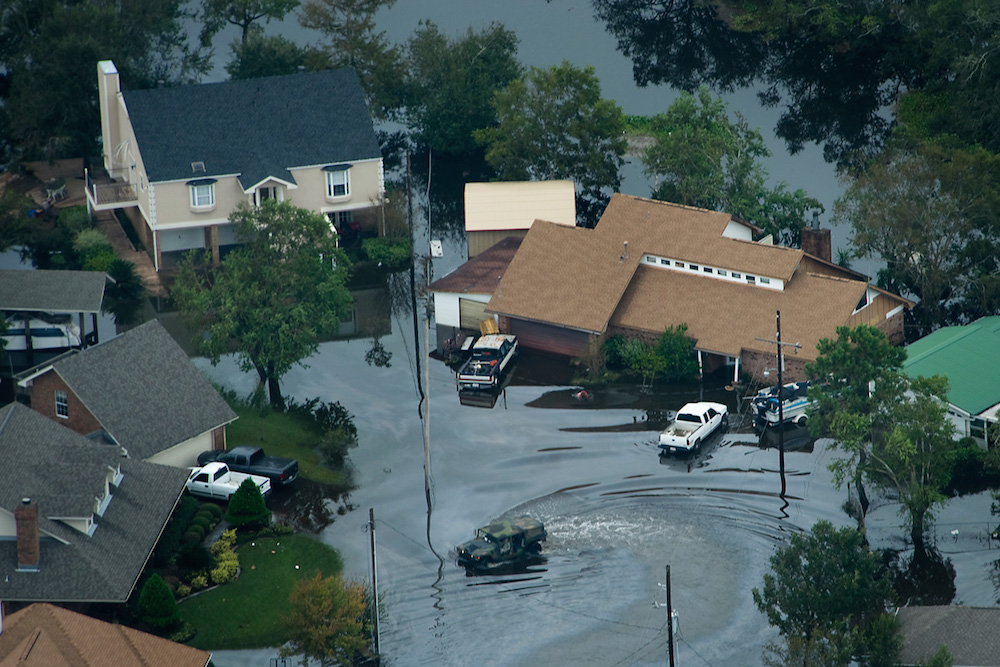
Hurricane Ike was the nation's second-costliest hurricane. Ike was directly responsible for the deaths of 21 people in Texas, Louisiana and Arkansas. It was directly and indirectly responsible for the deaths of at least 28 people in eight other states, according to a 2011 estimate from NOAA.
Ike made landfall on Galveston Island on Sept. 13, 2008, as a Category 2 hurricane, with wind speeds of 110 mph (177 km/h). It crashed through eastern Texas and Arkansas, weakened over the Mississippi Valley on Sept. 14, and blew wind gusts of hurricane force through the Ohio Valley and into Canada. Ike prompted the evacuation of nearly 15,000 tourists from the Florida Keys and caused 2.6 million people to lose power in Texas and Louisiana and Texas, and another 2.6 million to lose power in Ohio. The Bolivar Peninsula and Galveston Bay areas of Texas were inundated with storm surges of 15 to 20 feet (4.5 to 6 m). Ike also brought 19 inches (48 centimeters) of rain to southeastern Texas.
Total damage: $29.52 billion
No. 1: Hurricane Katrina, 2005
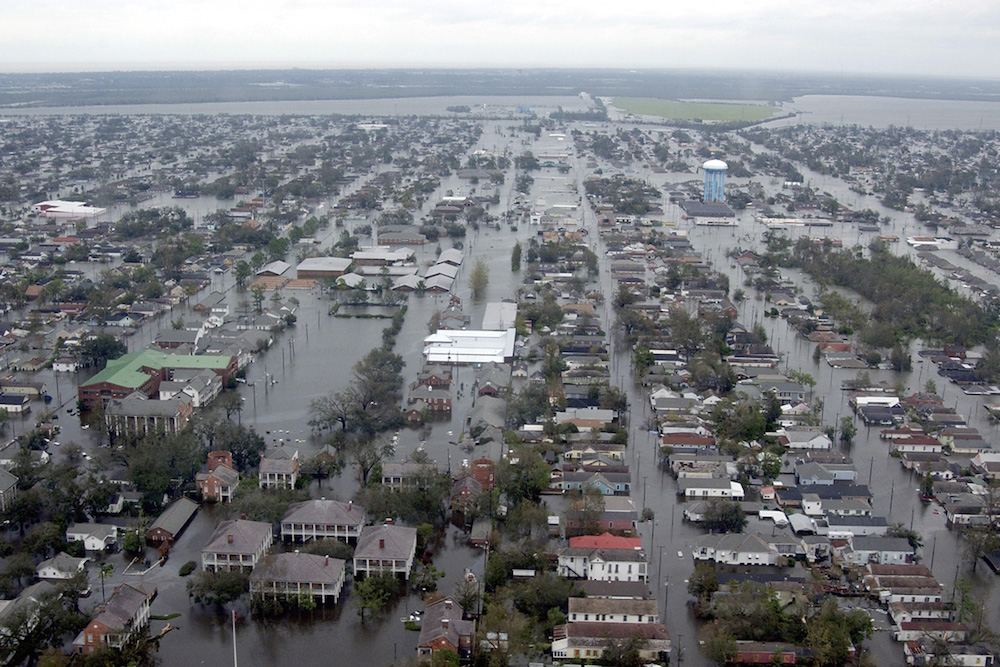
Hurricane Katrina was the most destructive hurricane on record to hit the United States. It directly killed approximately 1,200 people, making it the third-deadliest hurricane in U.S. history. (Earlier estimates put fatalities at 1,500 people, but some of these deaths were indirectly related to the storm, NOAA officials said. Direct causes of death included drowning, a flood-related injury and heat exposure, according to a 2008 report.)
Katrina became a hurricane just before making landfall by the Miami-Dade County line in Florida on Aug. 25, 2005. The hurricane then moved across southern Florida into the Gulf of Mexico, where it strengthened into a Category 5 hurricane on Aug. 28, reaching wind speeds of 175 mph (281 km/h).
As it moved toward Louisiana and Mississippi on Aug. 29, it weakened into a Category 3 storm, with wind speeds of 125 mph (201 km/h). Even so, Katrina produced 33 tornadoes, and its storm surge caused waters up to 28 feet (8.5 meters) above normal tide level along Mississippi and up to 20 feet (6 m) above normal levels in Louisiana. This storm surge notoriously breached New Orleans' levies on Aug. 29, flooding 75 percent of the city.
Total damage: $108 billion
Sign up for the Live Science daily newsletter now
Get the world’s most fascinating discoveries delivered straight to your inbox.

Laura is the archaeology and Life's Little Mysteries editor at Live Science. She also reports on general science, including paleontology. Her work has appeared in The New York Times, Scholastic, Popular Science and Spectrum, a site on autism research. She has won multiple awards from the Society of Professional Journalists and the Washington Newspaper Publishers Association for her reporting at a weekly newspaper near Seattle. Laura holds a bachelor's degree in English literature and psychology from Washington University in St. Louis and a master's degree in science writing from NYU.










